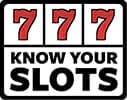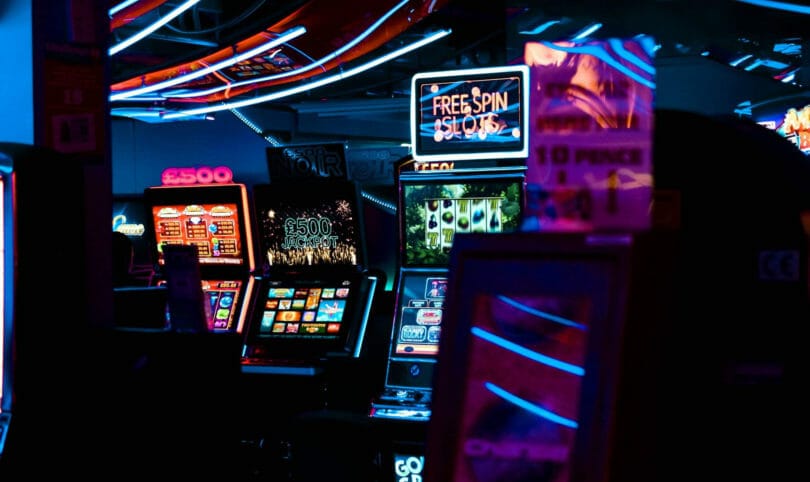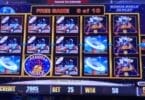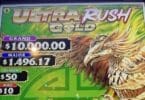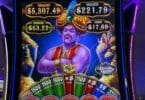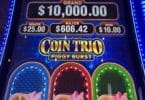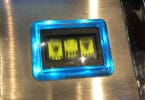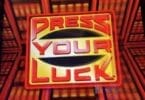A reader sent in questions after reading a previous post on the site around PAR sheets, wanting to better understand how slot payback are setup. He writes:
Your post on par sheets (under the hood) suggests that slot machine programming uses the expanded reel strip (virtual reel) to control (or program) the desired payback %.
It is also my understanding that higher demon slots (i.e. $25 and up) are typically programmed for a higher payback % then lower denom slot – say, for example – $1 slot machine.
Based on that information (assuming that I’ve understood correctly), my questions are concerning multi-demon slot machines (common in the high limit rooms in Atlantic City).
Let’s use a multi-demon slot that has $1 / $5 / $10 / $25 as denomination options:
1. Does this type of machine have four different sets of virtual reels (expanded reels) corresponding each available denomination?
2. Or, does the multi-denom machine use one virtual reel payback programming for all four of the available denominations? (yikes)
If the answer to question #2 is “yes”, that would mean that a high limit slot player is “mathematically better off” playing a single demon, fixed $25 slot than a multi-denom $1 / $5 / $10 / $25 slot machine with the $25 denomination selected (because the former has a single virtual reel programmed for the $25 payback %).
Thank you for providing informative articles.
First off, for those who haven’t seen my previous sheet on PAR sheets, they basically explain to a casino how a given slot’s payback works. Since slot machines are traditionally designed with multiple payback options, you might have different PAR sheets for different paybacks.
But PAR sheet or no, the questions above are more about multi-denomination machines and slot machine programming. The correct answer would actually be option 3.
We know that slot machines have generally 4-6 payback options programmed for each payback option given to a casino. For each denomination active on a modern slot machine, a casino can select what payback option it wants to assign. I previously shared a quote from Kevin Sweet, from the Cosmopolitan of Las Vegas, where he shared an example of a multi-denomination machine and how it’s configured on his floor.
Let’s expand your example of four denominations and say that a game has six payback percentage choices: 85%, 87%, 89%, 91%, 93% and 95%. The following scenarios could happen (among others):
- A casino could choose to attach the same payback option to all four denominations. That would be just like option 2, but the casino simply chose to do it.
- A casino could attach the same payback to a couple of denominations, similar to Kevin’s example. Say 91% on the $1 and $5 denomination, and 93% on the $10 and $25.
- A casino could put a different payback on each denomination. Say 89% on the $1, 91% on the $5, 93% on the $10 and 95% on the $25.
The casino operator can mix and match as they choose, and will likely choose the option closest to what they want to achieve at a given denomination on their casino floor. You can get a general idea of what the paybacks will be like by examining the public payback reporting out there.
We don’t know what a given casino is setting any given machine at in nearly every case, so if you’re concerned about the multi-denomination machines, finding one with a fixed denomination is a fair reassurance vs. hoping the casino was fair about setting each denomination appropriately. Many casinos that are large enough will have a mix of both.
